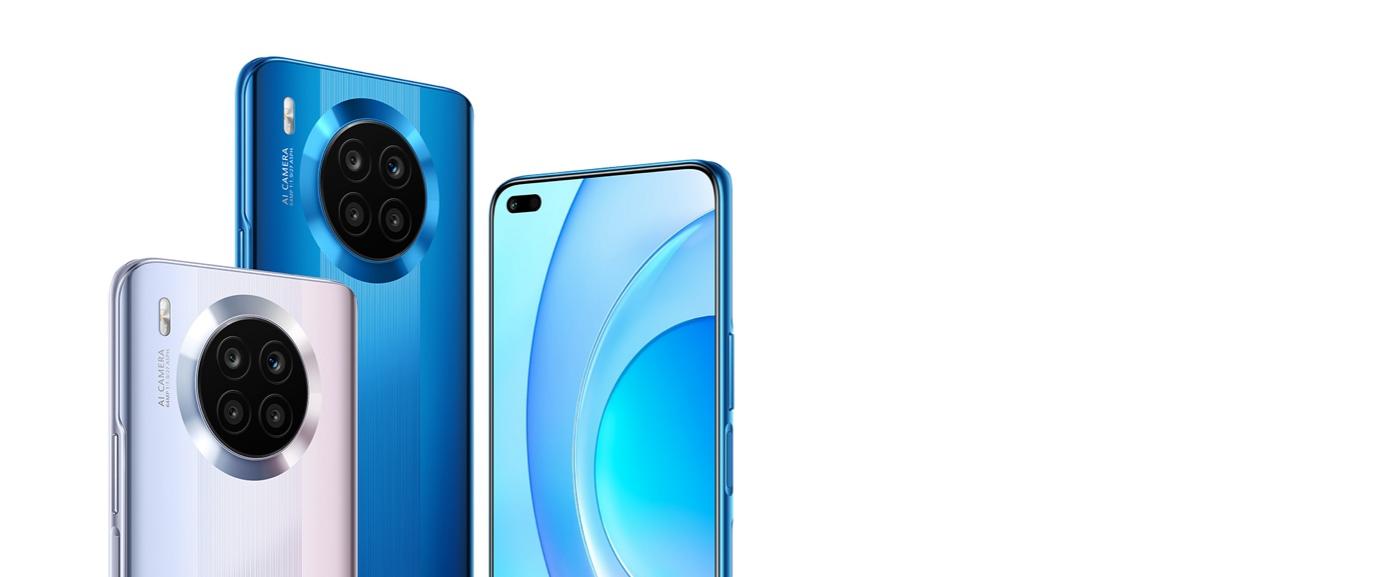
In the era of smartphone photography, having a device with a good camera is a top priority for many users. Whether you're an amateur photographer or simply want to capture high-quality moments on the go, choosing a smartphone with an excellent camera can make a significant difference. This guide provides insights into the key factors to consider when seeking smartphones with good cameras.

Megapixels Aren't Everything: Understanding Camera Specifications
While megapixels are often highlighted as a crucial factor, they don't tell the whole story. The megapixel count represents the resolution of the images, but factors like sensor size, aperture, and image processing also play a crucial role in determining photo quality. Understanding these specifications provides a more comprehensive view of a smartphone's camera capabilities.
Sensor Size and Pixel Quality: Bigger Is Often Better
A larger camera sensor allows more light to be captured, resulting in better image quality, especially in low-light conditions. Smartphones with larger sensors generally perform better in challenging lighting situations, producing clearer and more detailed photos. When assessing camera specifications, prioritize smartphones with larger sensor sizes for enhanced image quality.
Aperture: The Key to Low-Light Performance
The aperture of a smartphone's camera lens influences its performance in low-light conditions. A lower aperture number signifies a larger opening, allowing more light to reach the sensor. Smartphones like HONOR 50 Lite with wider apertures tend to perform better in low light, capturing brighter and clearer images. Look for devices with low aperture values for improved low-light photography.
Image Stabilization: Steady Shots in Any Situation
Image stabilization technology is essential for capturing sharp and steady images, especially in situations where there's movement or low light. Optical Image Stabilization (OIS) and Electronic Image Stabilization (EIS) help compensate for handshakes or vibrations, ensuring that your photos and videos remain clear and blur-free. When considering smartphones, prioritize those with effective image stabilization features.
Camera Software and Processing: Enhancing the Final Result
The software and processing capabilities of a smartphone's camera contribute significantly to the final output. Smartphones with advanced camera software can optimize images, apply enhancements, and deliver more vibrant colors. Pay attention to the camera features offered in the software, such as AI enhancements, Pro modes, and various shooting modes that can enhance your photography experience.
Front-Facing Camera: Selfies and Video Calls Matter
The quality of the front-facing camera is essential, especially for those who enjoy taking selfies or engage in video calls. Consider the megapixel count, sensor size, and any additional features offered by the front-facing camera. Some smartphones even include advanced features, such as portrait modes and beauty filters, to enhance selfie quality.

Camera Reviews and Sample Shots: Real-World Performance Matters
Before making a purchase, explore camera reviews and sample shots from real users. Reviews provide insights into a smartphone's camera performance in various conditions, highlighting strengths and weaknesses. Examining sample shots allows you to assess real-world image quality, color reproduction, and overall camera performance.
HDR and Night Modes: Elevating Photography in Challenging Conditions
HDR (High Dynamic Range) and Night modes are features that can significantly enhance your photography experience. HDR helps balance exposure in challenging lighting conditions, preserving details in both bright and dark areas. Night mode improves low-light photography by capturing and combining multiple exposures, resulting in well-lit and detailed images. Look for smartphones with effective HDR and Night modes for versatile photography.
Dual and Triple Camera Systems: Versatility in Photography
Smartphones with dual or triple camera systems offer versatility in photography. Different lenses, such as wide-angle and telephoto, provide various perspectives and creative options. Dual or triple camera setups can enhance zoom capabilities, improve portrait photography, and offer a broader range of shooting possibilities. Consider the camera configuration that aligns with your photography preferences.
Conclusion
In conclusion, getting a smartphone with a good camera involves a holistic consideration of various factors beyond just megapixels. Understanding specifications like sensor size, aperture, and image stabilization, along with evaluating camera software features, ensures that you find a device that excels in real-world photography scenarios. As the smartphone market continually evolves, advancements in camera technology promise even more exciting possibilities for capturing and preserving your moments in stunning detail.
Leave a Comment